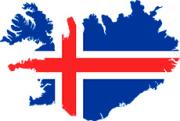
Category:
Time:
Focus on decarbonisation of industry is a great opportunity and marked potential for implementing heat pumps. However, it comes with some challenges. Traditionally the Danish way-of-thinking, when it comes to energy efficiency by process integration, is to make the most heat-efficient system by introducing heat exchanger networks and buffer systems. Implementing a heat-pump will focus on the most electricity-efficient design. These two design optimizations focus does not always go hand in hand.
For the last decade Fridolin Müller Holm, Viegand Maagøe, has been involved in several cases of energy efficiency based on implementing heat pumps in the dairy industry. The presentation will present and discuss the experiences and leanings from these specific cases. The cases illustrate that decarbonisation of the dairy industry is possible by implementing heat pumps, but also that there is no immediate quick fix, a need to challenge the solutions, and that boundaries are important to consider when integrating heat pumps into existing thermal energy supply systems.
Some important boundaries are temperature and flexibility. Which temperatures are required, and can they be reached? Does the dairy industry need high-temperature heat pumps or is there still a potential for lower temperatures and thus a better COP? Will implementing heat pumps challenge or scrutinize the production flexibility? Will the solutions challenge or solve other challenges that the dairy industry is facing?
For the last years Viegand Maagøe, TI and DTU have led the research project, SuPrHeat, founded by the Danish Government through the EUDP programme. SuPrHeat has developed a new method to efficiently integrate heat pumps into thermal systems and investigate how integration of high temperature solutions can be made. The presentation will give highlights and conclusions from the SuPrHeat project in the context of the dairy industry.
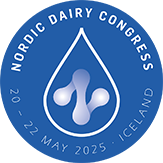






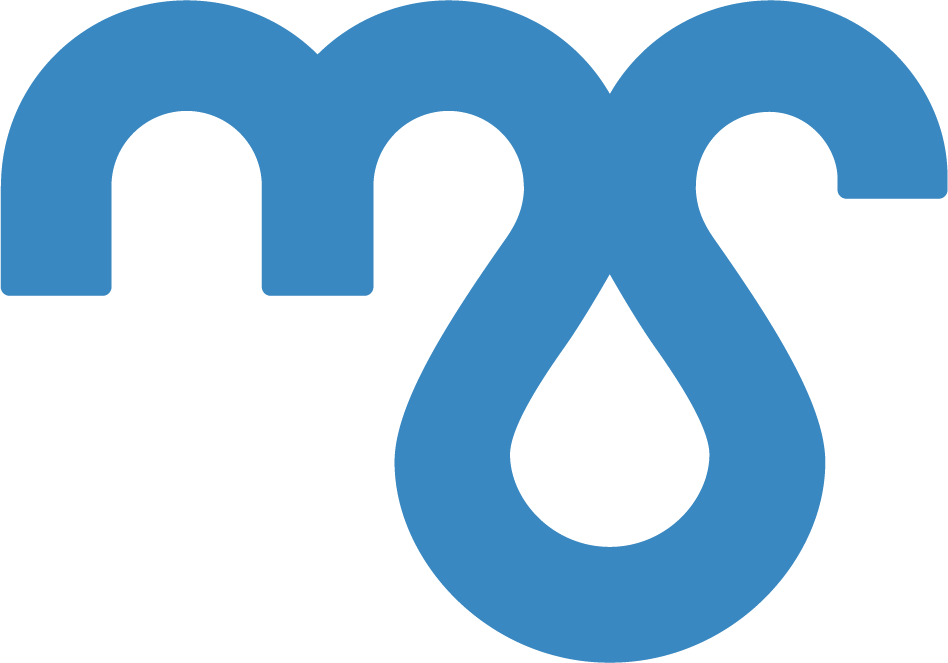

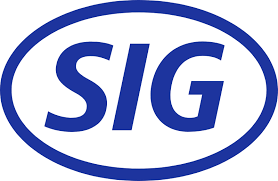




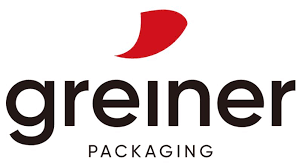
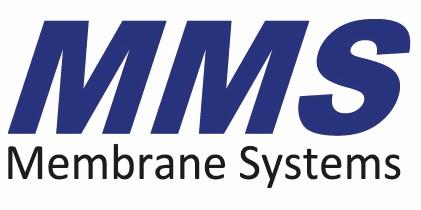


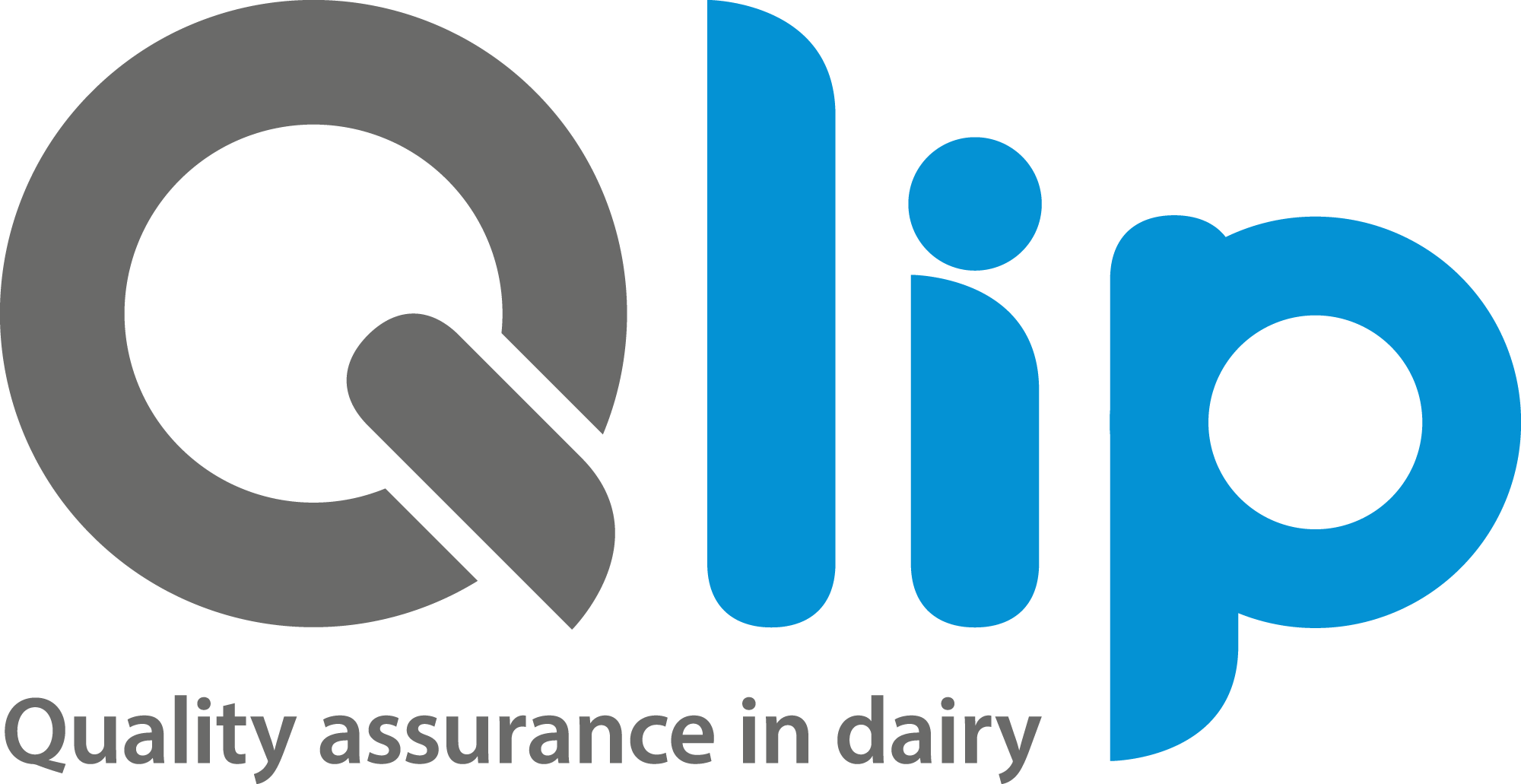
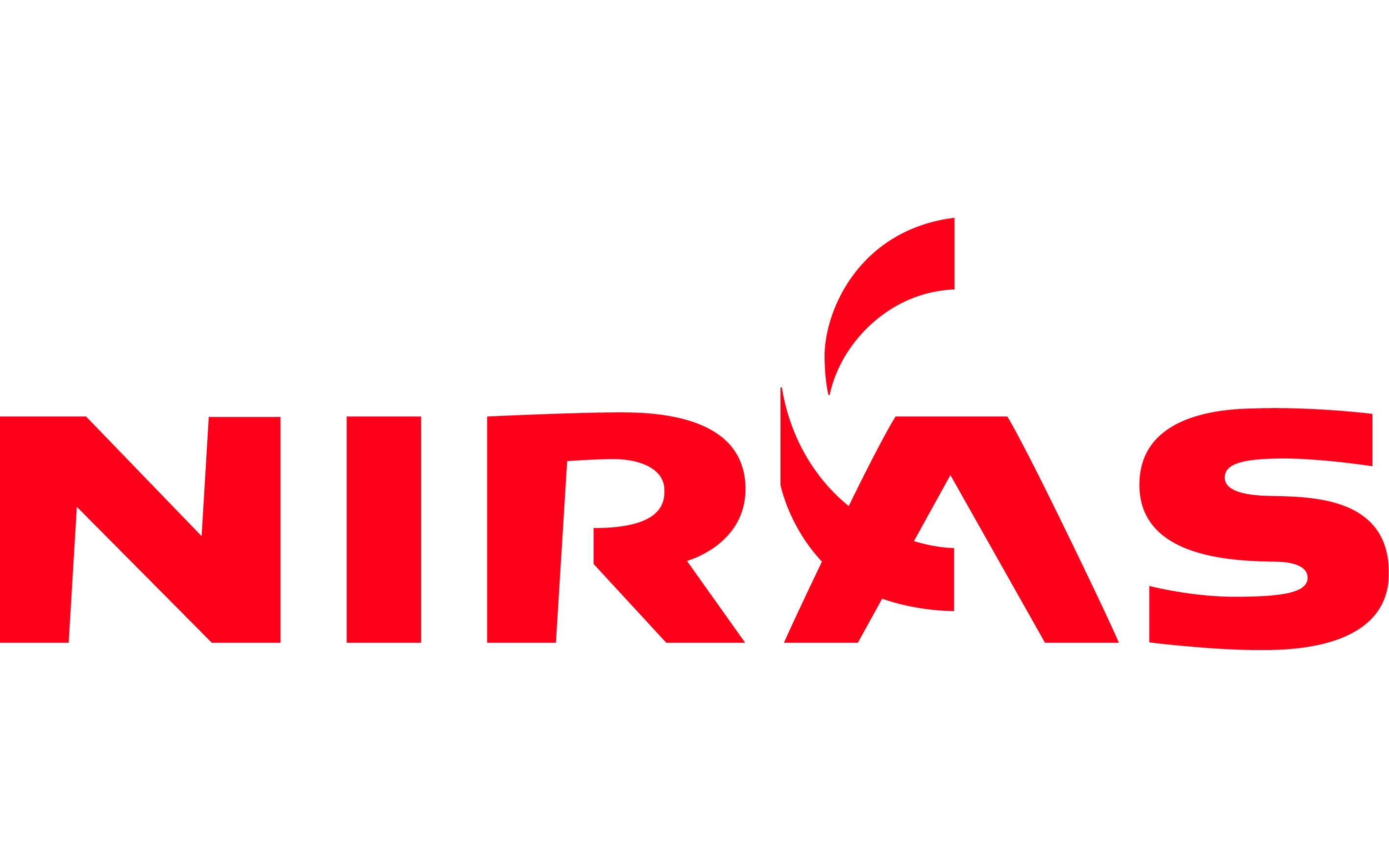









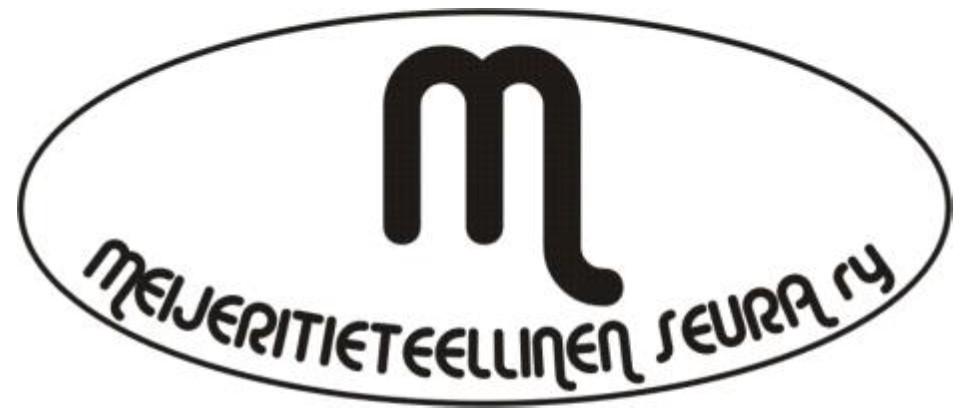
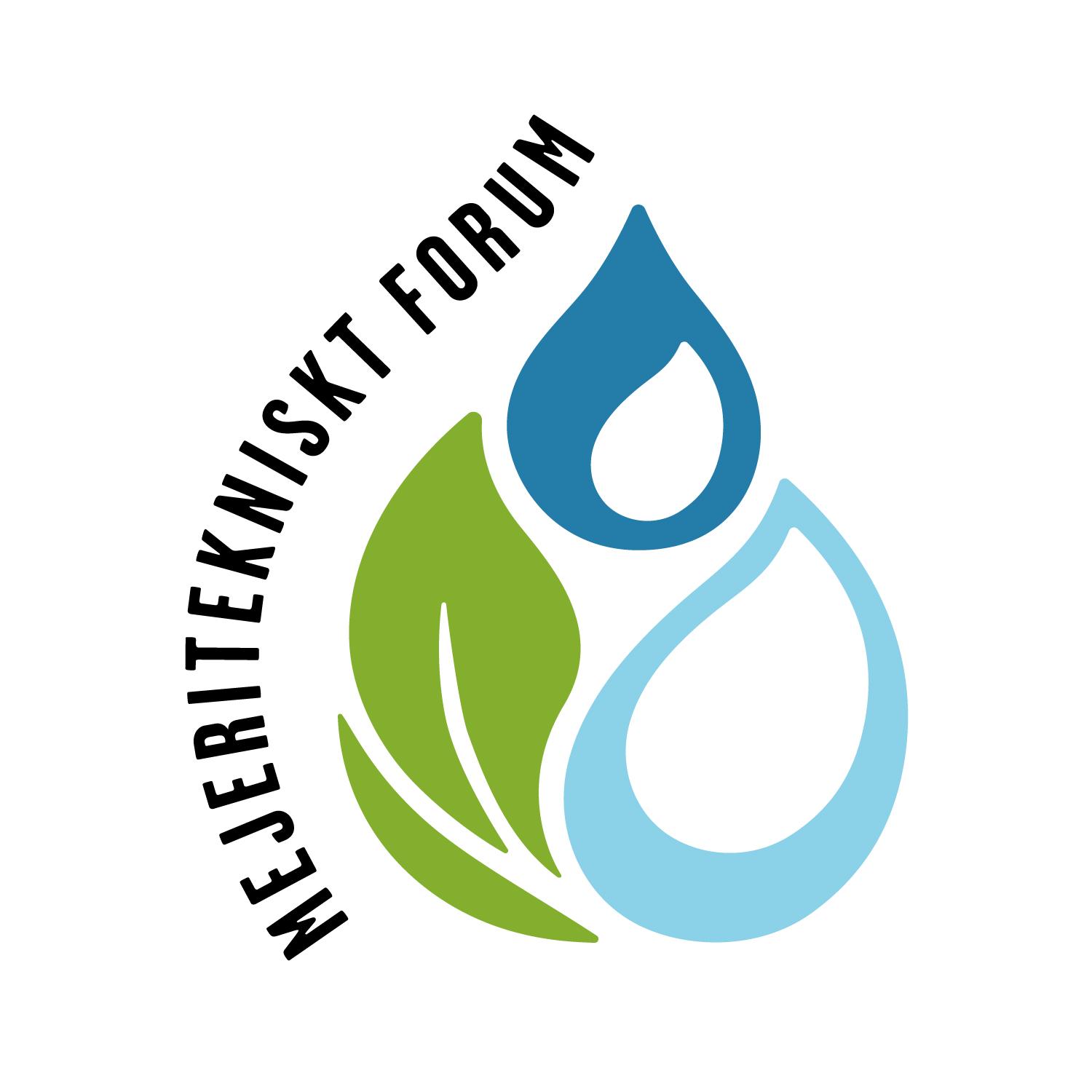
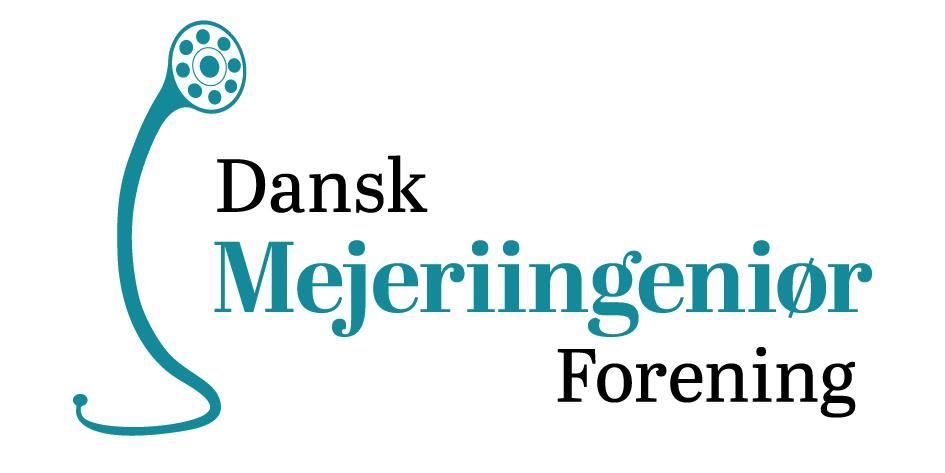
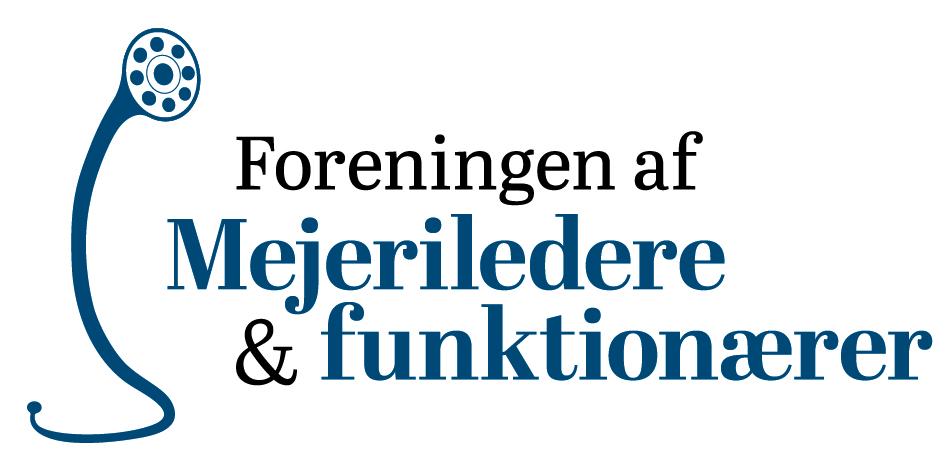



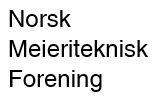
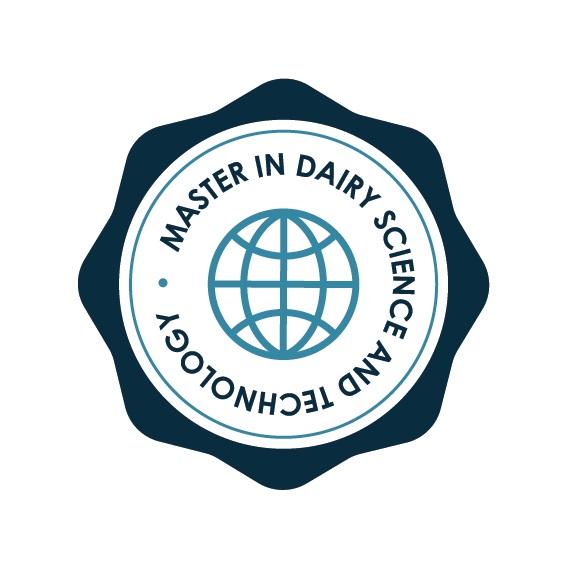


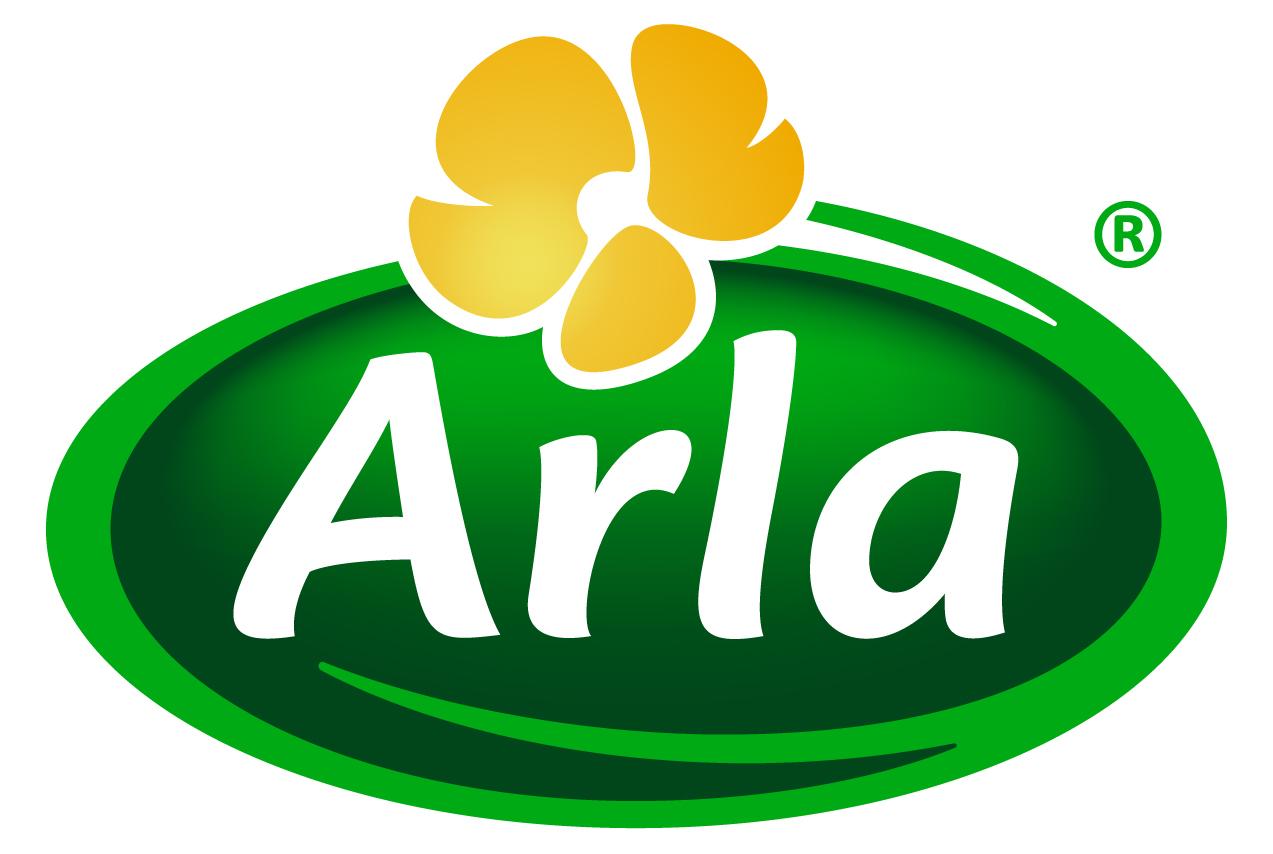

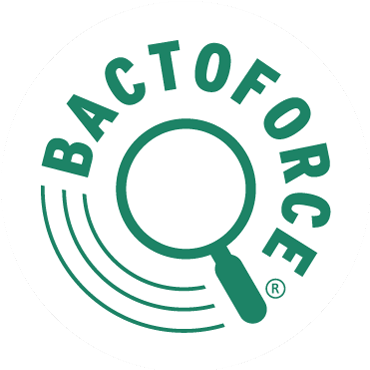

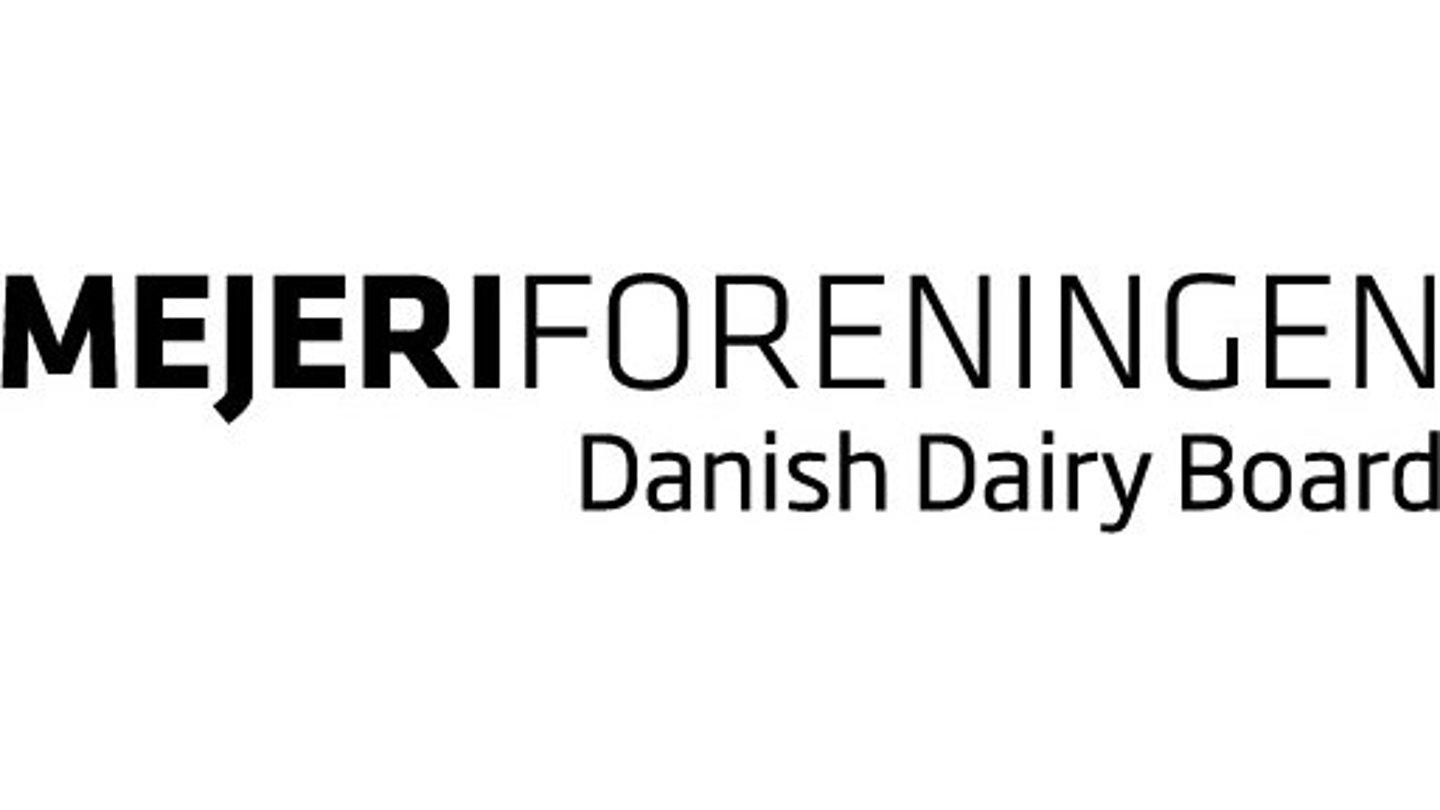
 Munkehatten 28
Munkehatten 28